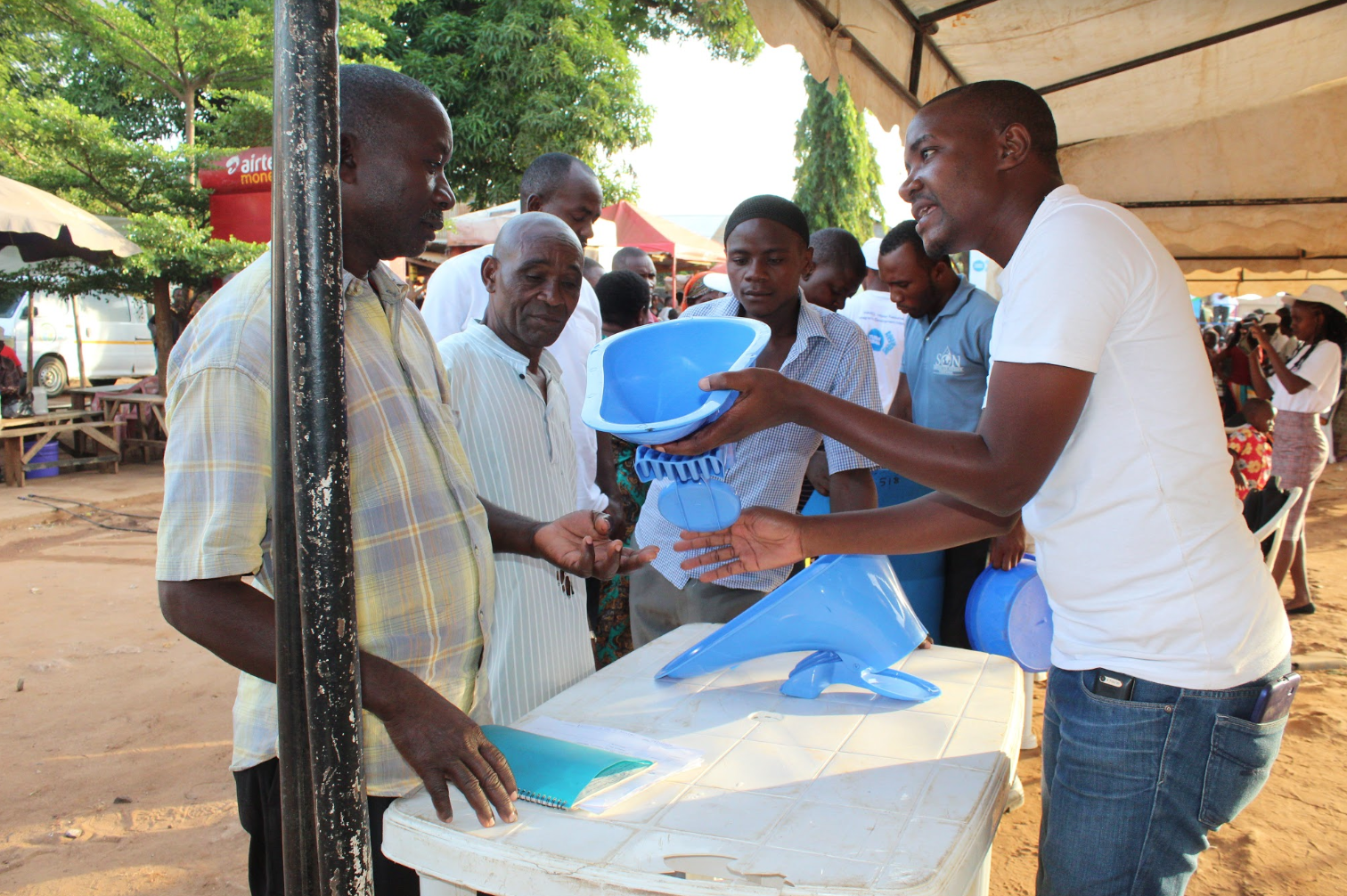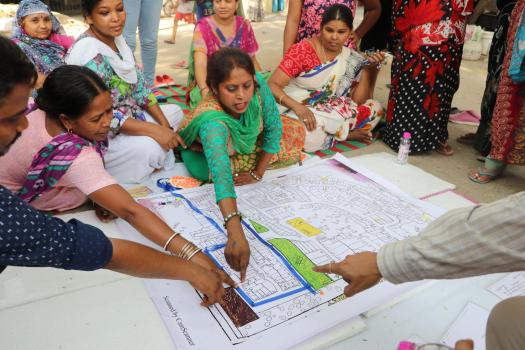Twelve USAID Water and Development Technical Briefs Guide Evidence-Based Programming
Since 2008, USAID’s investments in water security, sanitation and hygiene (WSSH) programming have resulted in over 59.5 million people gaining access to safe drinking water and over 44.6 million people gaining access to safe sanitation. Yet, there is still a long way to go to achieve our ambitious shared goal of universal, sustainable drinking water and sanitation services. USAID’s Water Team published a series of twelve technical briefs to guide improved implementation in support of the U.S. Government Global Water Strategy and USAID’s Water and Development Plan within the strategy.
Together, these briefs describe a holistic approach for working with development partners, host-country governments, civil society, the private sector and others to achieve sustainable WASH services and water resource management. They describe how USAID is moving away from directly providing hardware—the “taps and toilets”— in favor of facilitating lasting change in the water sector through investments in governance, finance, professionalized service delivery, behavior change and inclusive development.
- Rural Water Services
- Rural Sanitation
- WASH and Its Links to Nutrition
- Gender Equality and Female Empowerment in WASH
- Urban Sanitation Services
- Urban Water Services
- Water Security, Sanitation and Hygiene Governance
- Humanitarian-Development Coherence in WASH or WRM Programs
- Financing Water and Sanitation Services
- Social and Behavior Change for Water Security, Sanitation, and Hygiene
- Water Resources Management
- WASH in Health Care Facilities for Quality Health Systems
In developing these briefs, USAID WASH technical experts drew upon the latest evidence from USAID’s research and learning activities—including our ex-post evaluation series. These briefs describe evidence-based programming approaches, highlight key considerations for activity design, and recommend best practices for implementation and monitoring. Each brief puts current practice into context with concrete program examples and suggests additional resources for further reading.

USAID launched the Water for the World Implementation Research Agenda in 2020 to galvanize investments in filling remaining gaps in our understanding. This Agenda identifies broad research questions that are critical to improve implementation of WSSH development activities. Several new research activities that will support the Agenda were recently awarded include: Rural Evidence And Learning for Water Research (REAL-Water), Urban Resilience by Building partnerships and Applying New evidence in WASH (URBAN WASH); and and the forthcoming WASHPaLS 2.
USAID looks forward to working with our partners to fill these evidence gaps and apply new evidence towards improved programming that contributes to the goal of universal availability and sustainable management of safe water and sanitation. We anticipate developing briefs on additional topics next year.
We encourage you to explore these briefs and consider how the recommendations and examples can guide and strengthen your WSSH activities.


